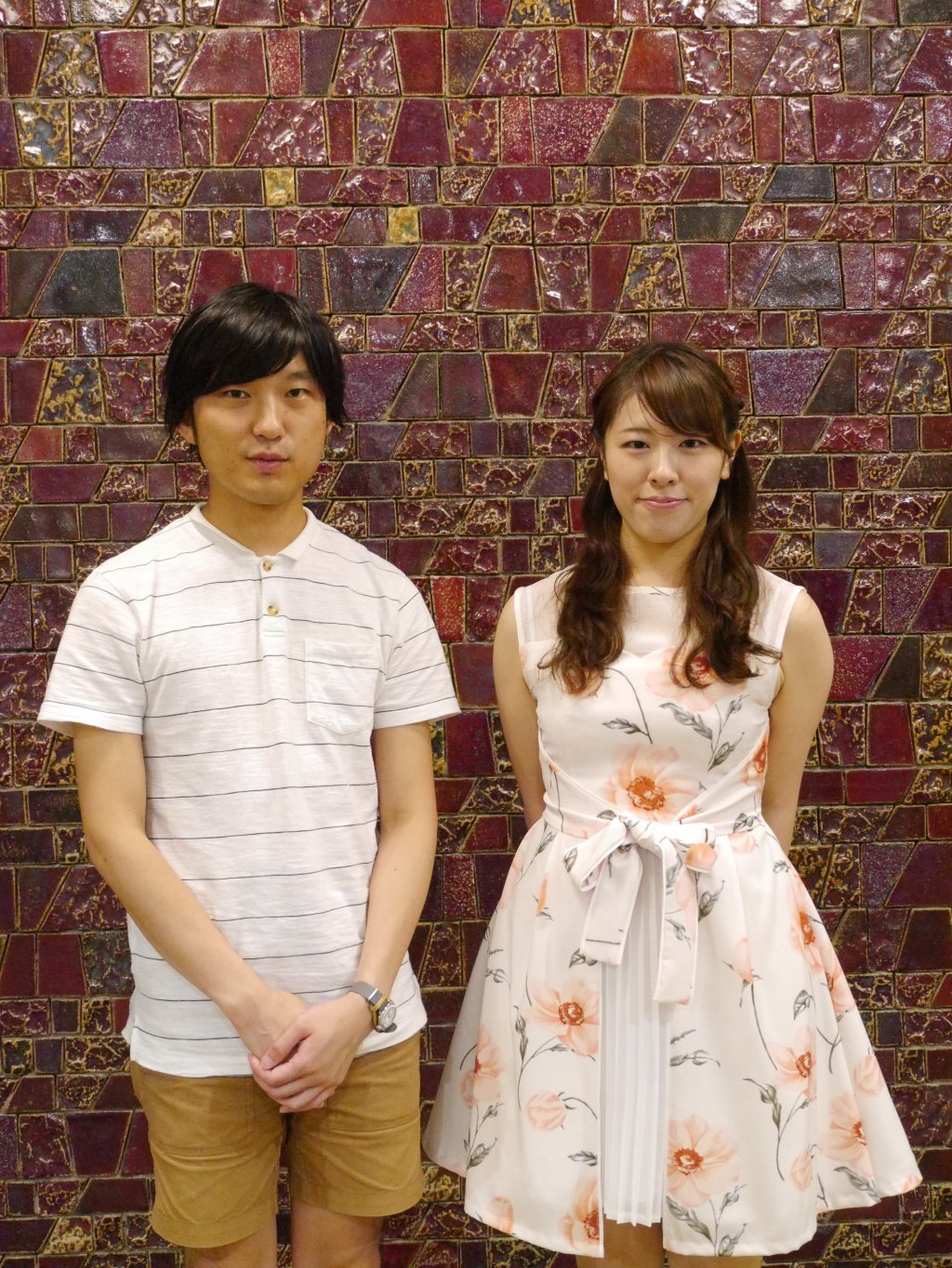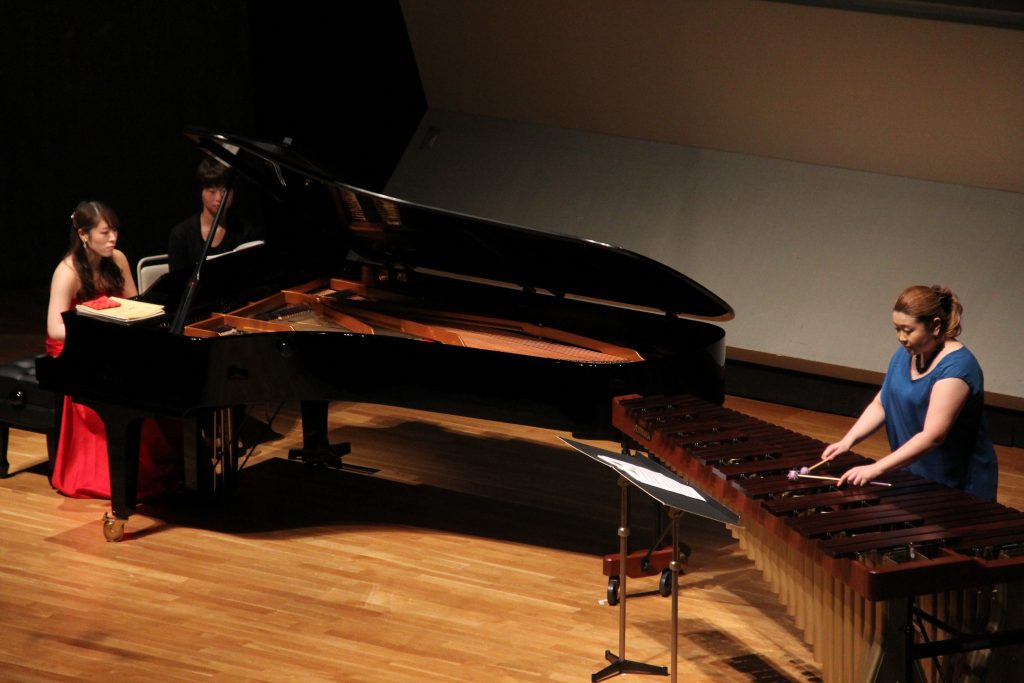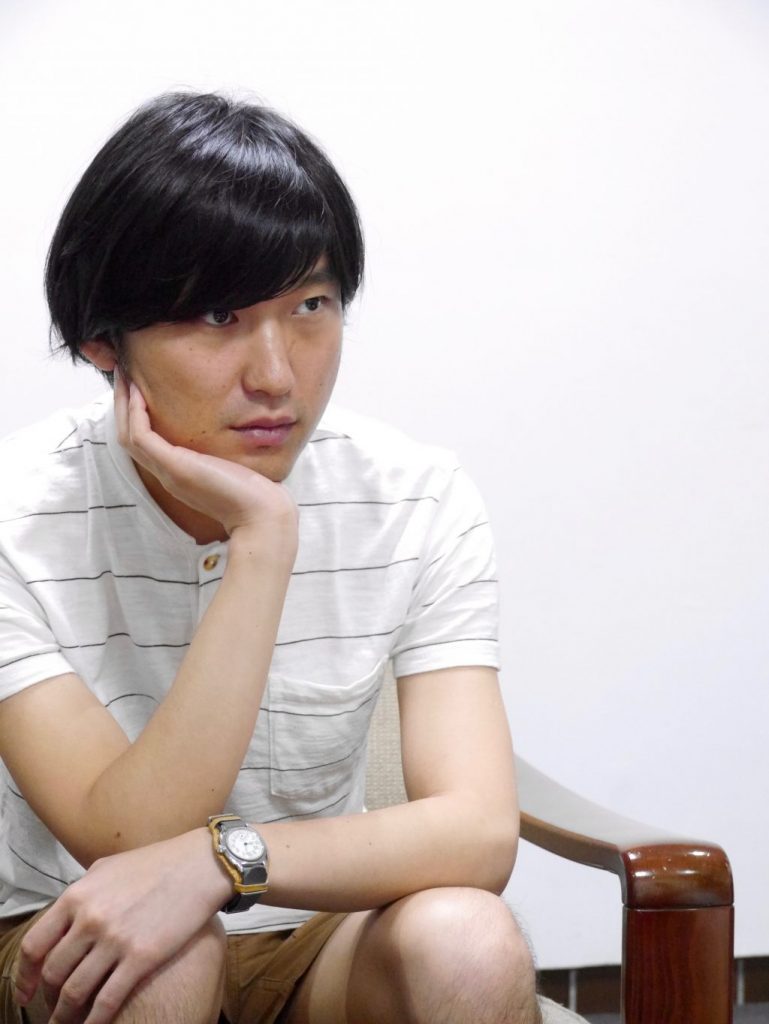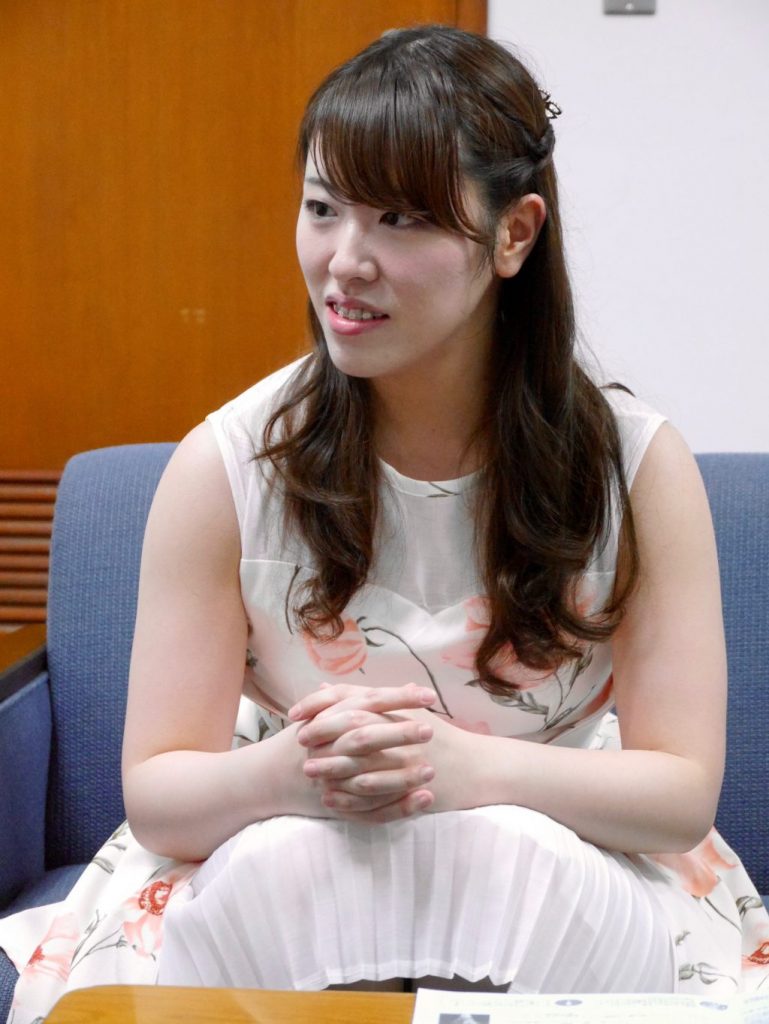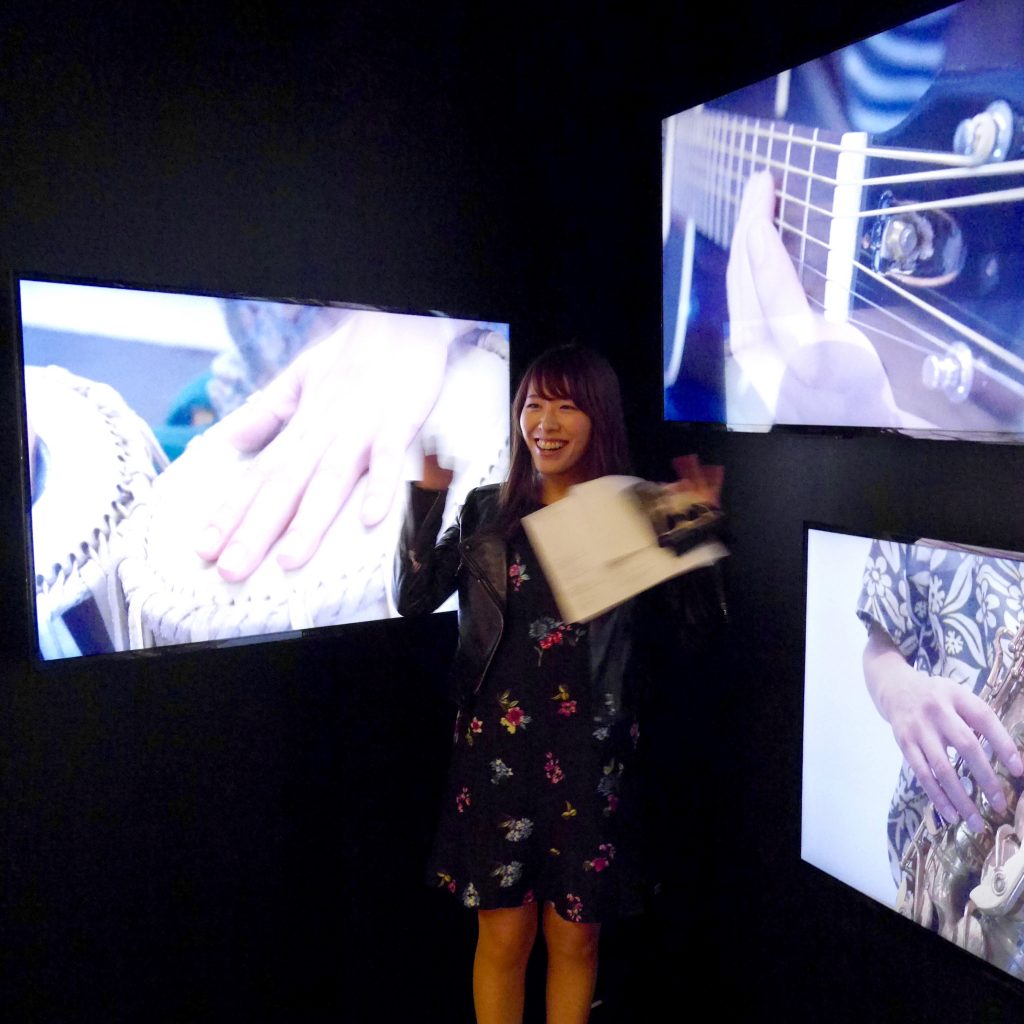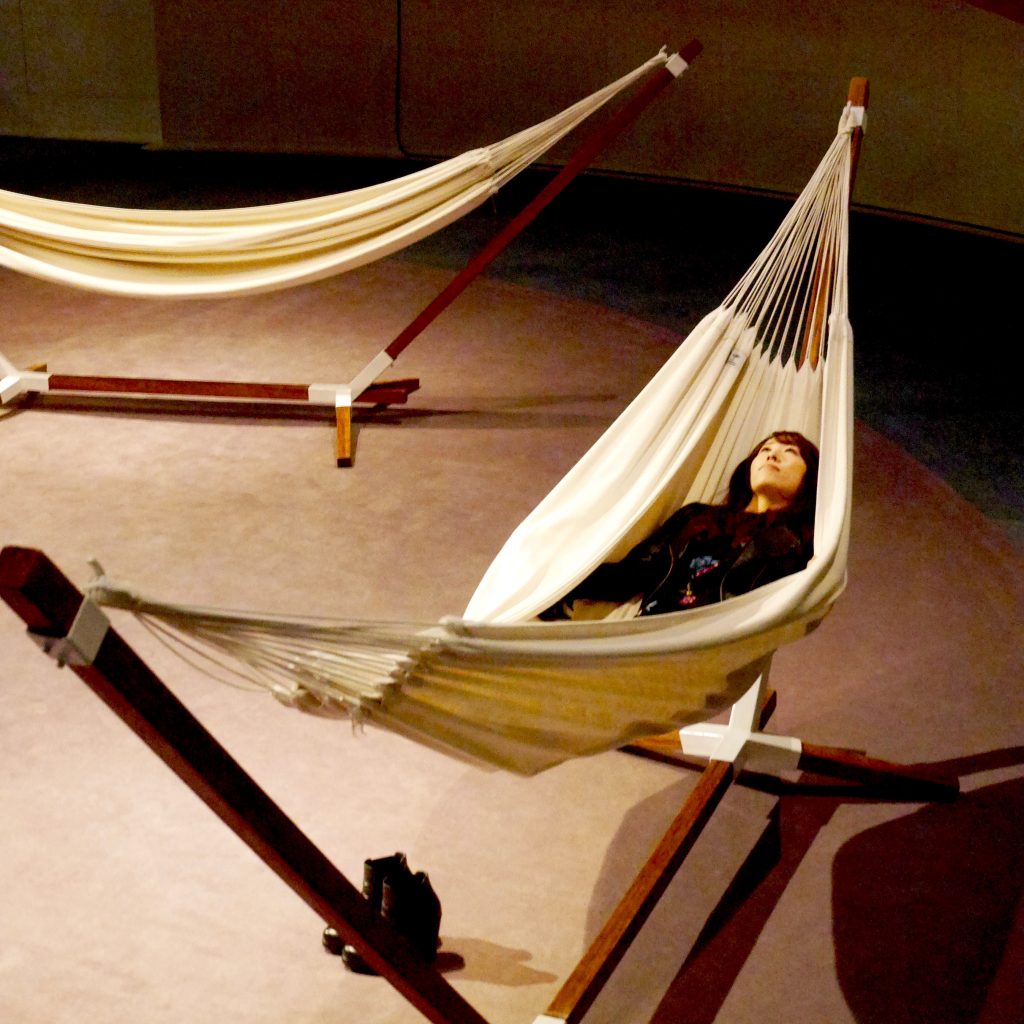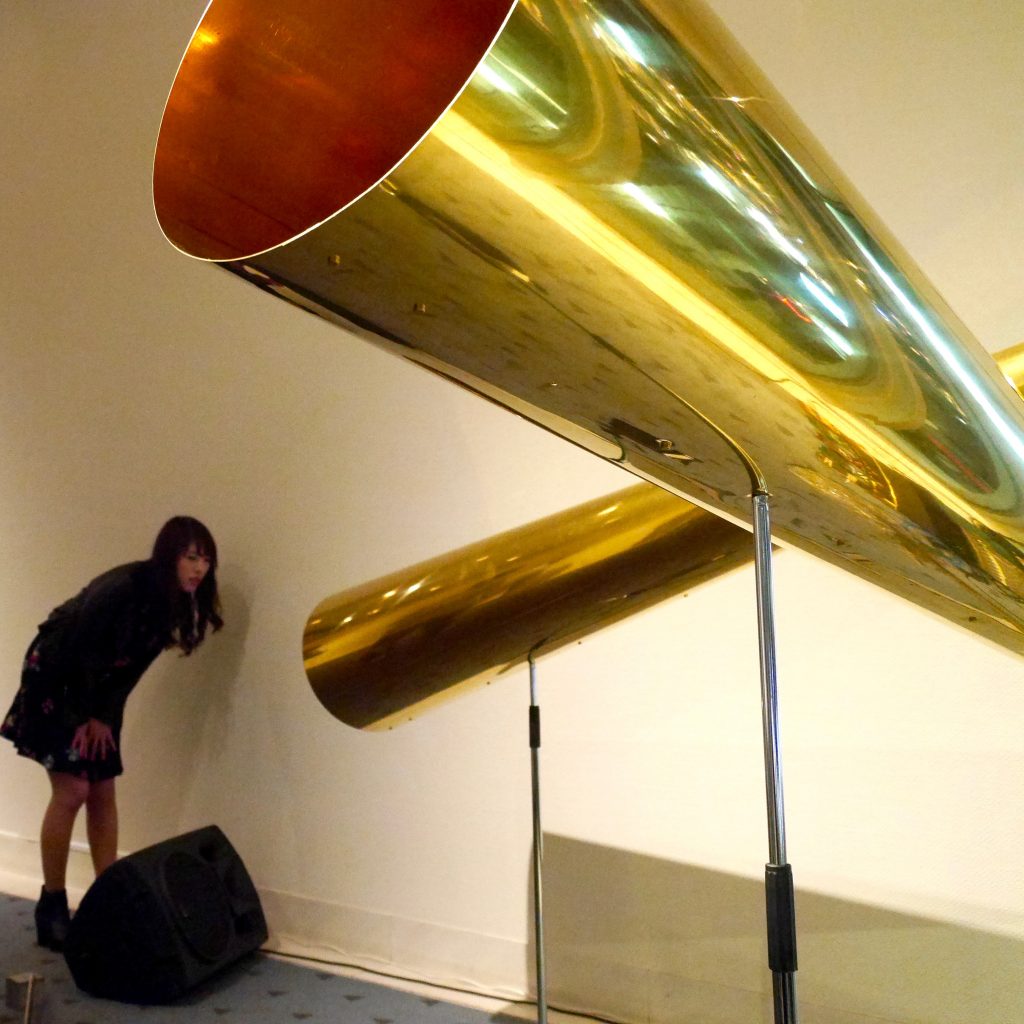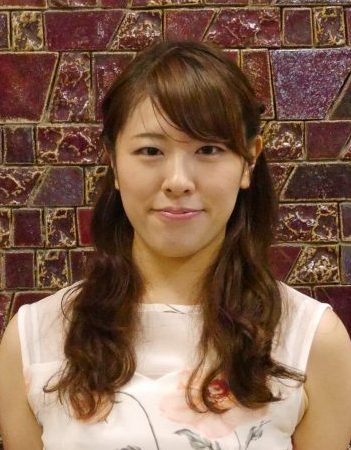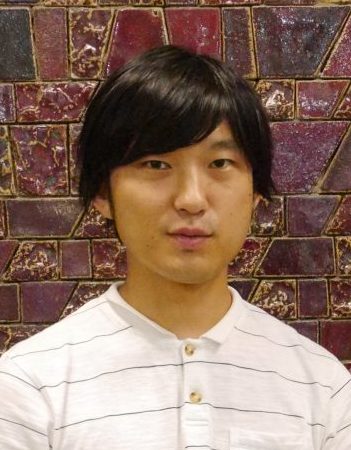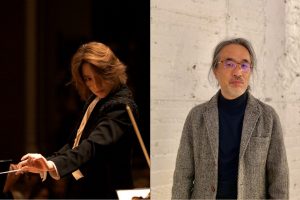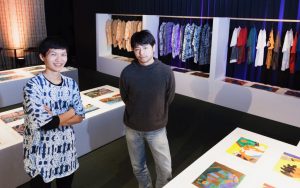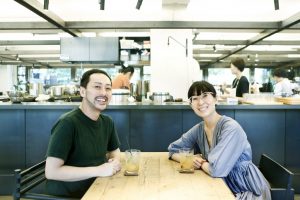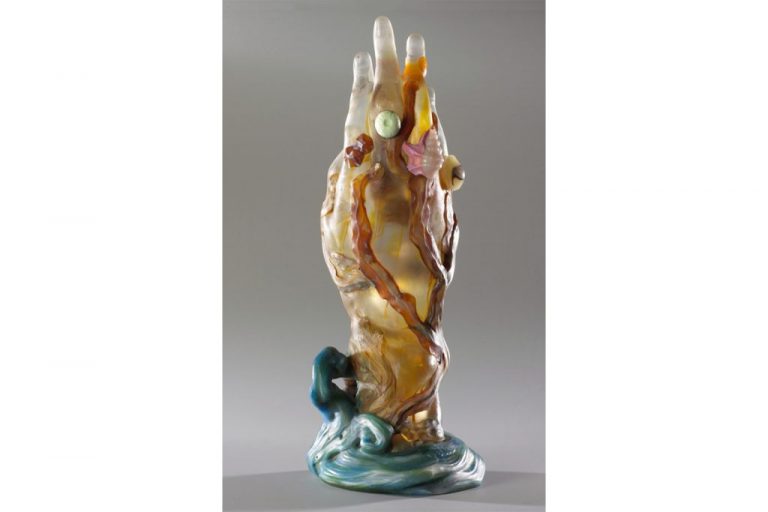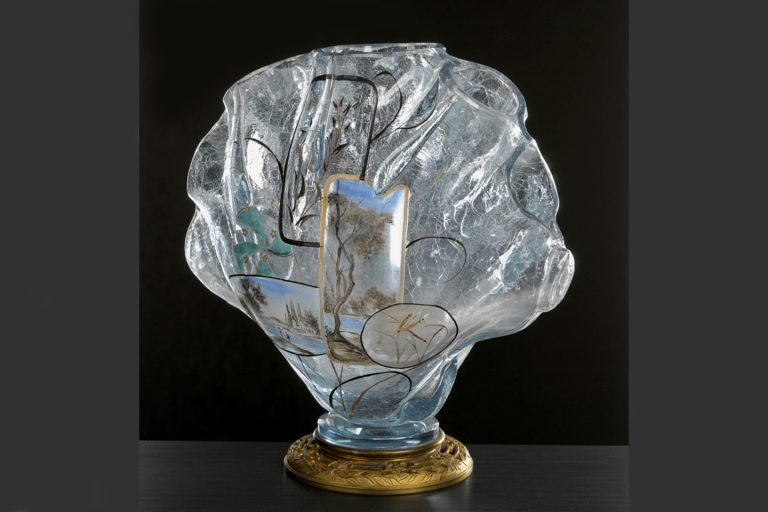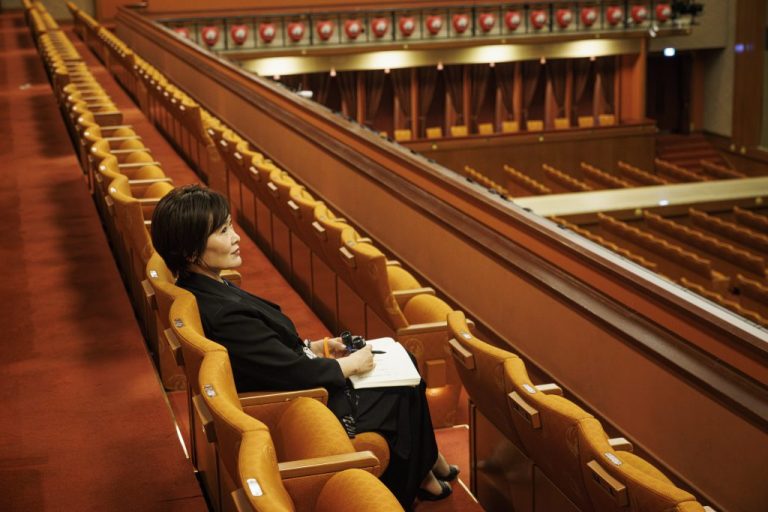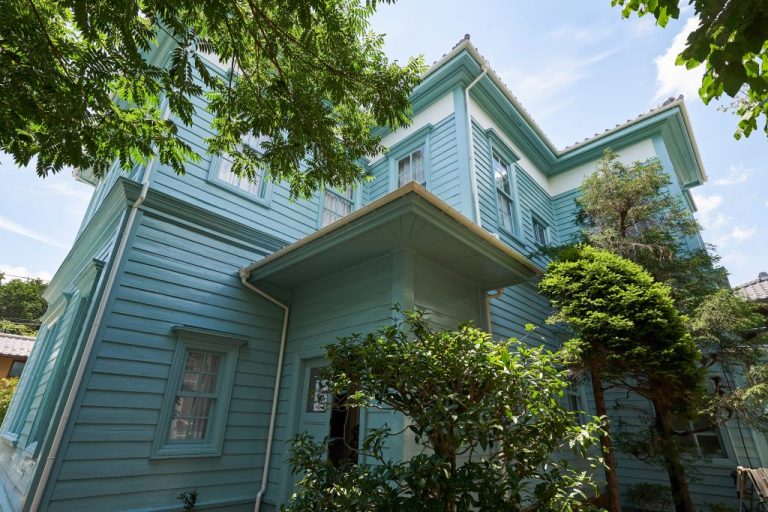Composer and artist Shuta Hasunuma enjoyed Aiko Tominaga’s piano performances at the “Morning Concert with Cool Breeze Special,” held August 5, 2016 in the Tokyo Bunka Kaikan. He enjoyed Tominaga’s performance for the first time.
Hasunuma It was truly a narrative and fantastic because the music expresses different aspects, piece by piece. The stage with marimba player Reina Iwami was “performative.” The sound alone was not only fantastic, but also a somewhat “visual” experience. I enjoyed rich acoustical harmony from piano and marimba in the Recital Hall in the building designed by Kunio Mayekawa.
Tominaga I base my performances on music scores, after considering what the composer wanted to express through my filter. That is completely different from what you do, as you create music through your field work.
The “Morning Concert” was a series to offer classical music to beginners as well. Admission is 500 yen and the pieces include readily accessible ones. At this time, “Liebesfreud” and “Liebesleid” by Fritz Kreisler were examples of this. Toshi Ichiyanagi’s “Paganini Personal for Marimba and Piano” was the last piece for this concert.
The flow of the concert program is like set meals at a restaurant. This time opened with Peter Tanner’s “Sonata for Marimba and Piano” because I wanted to express the charms of marimba to the audience. This instrument was featured for this series program for the first time.
The pieces originally created for violin were featured in this show as versions for piano and marimba. Ichiyanagi’s piece was like an edged culinary creation.
Hasunuma Such a “personality” can reach the audience, I understand. As an audience member, I felt several times that I was involved in the performances. At live concerts in general, the audience side has the same circumstances as the performers. This time, I felt the audience had all come together and was touched at the peak of the encore.
Tominaga I also felt reactions from the audience. I believe such resonance is also part of the performance. For pianists in particular, the piano itself is different from place to place. I always try to transmit the composers’ interpretation of the world.
The “Morning Concert,” celebrates its 100th concert at the end of 2016.
Pianist Aiko Tominaga viewed Shuta Hasunuma’s solo exhibition “compositions: rhythm” at Spiral Garden, Tokyo. (The exhibition was held September 27-October 5, 2016)


